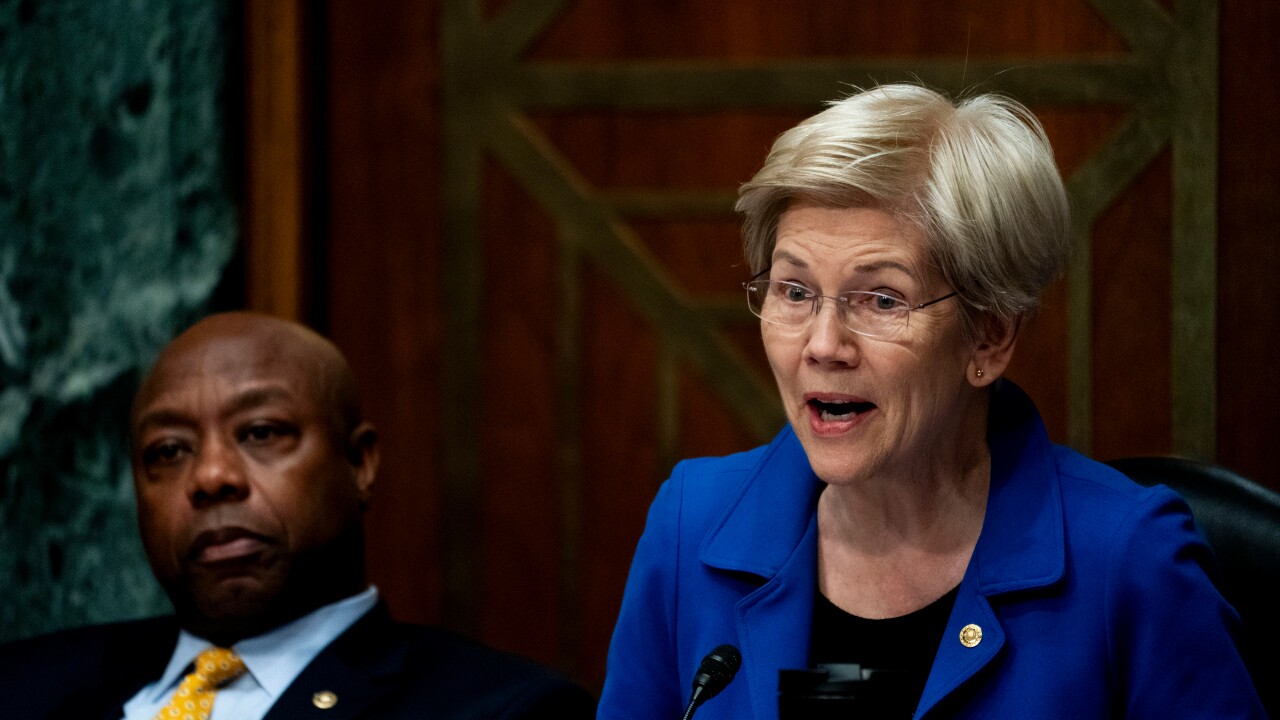The banking industry’s chief worriers have a lot to worry about these days.
Whether it’s increased competition from nonbank lenders, the rise of e-commerce and its impact on traditional bank clients or the uncertainty created by the pending shift to a new benchmark lending rate, risk executives and board members at big banks see no shortage of threats to their industry.
Speaking at forum in New York Thursday, chief risk officers at Citigroup and PNC Financial Services Group and the head of the risk and compliance on Fifth Third Bancorp’s board said that they worry, too, about the rise of populism around the globe and whether the country is heading toward another economic downturn.

Competition from nonbanks was top of mind during a panel discussion at a conference hosted by the Financial Times.
Joseph Rockey, the chief risk officer at PNC, said that as banks compete with hedge funds and other firms for loans, they need to be worried about the quality of the loans those nonbanks are making.
He said all banks should be scrutinizing the potential spillover effects of bad loans in the nonbank sector for signs of weakening in certain sectors or certain pockets of the country.
“The simple example: If I make a good loan in Houston, and a hedge fund makes a good loan in Houston, and it turns out to be not such a good loan … and they have to liquidate [it]. … Well, my good loan has now been impacted by that new market [risk] that exists,” Rockey said.
Rockey said he also spends a lot of time thinking about the looming
The industry is expected to use a secured overnight financing rate, or SOFR, as a replacement if Libor goes by the wayside. The Federal Reserve Bank of New York began publishing SOFR earlier this year.
Jewell Hoover, the chair of the risk and compliance committee at Fifth Third, said that one of her chief worries is the rise of e-commerce and how it is upending business models of banks’ commercial customers.
“Think about some of the bread-and-butter customers that banks have had,” Hoover said. She pointed, in particular, to grocers and booksellers, whose business models have been disrupted by Amazon and other online retailers.
“What is the shelf life of their existing business models? How do we use our data and analytics to determine the longevity of their shelf life when we make decisions — credit decisions and business decisions?” Hoover asked.
Culture and reputation are also major worries, executives said. While nobody at the event named Wells Fargo by name, panelists nonetheless said that bank executives and directors are ultimately responsible for spotting patterns of misbehavior at their companies.
Hoover said that, for directors, it’s important to have a clear sense of the “mood in the middle and the buzz at the bottom” of the companies. They won’t get that, she added, simply by visiting corporate headquarters once per quarter for board meetings.
Bradford Hu, the chief risk officer at Citi, agreed. He said that one of the ways that the chair of the company’s audit committee gains “tangible knowledge of what’s going on the ground” is by traveling with executives once per year to one of the bank’s major global regions. During those meetings, the audit chair meets with key clients, regulators and risk employees.
As a large global bank, Citi has also recently begun devoting more time to evaluating the political and economic risks following the U.K.’s decision to exit the European Union and the rise of populism in many countries.
“We’re starting to see very uncertain and surprising election outcomes,” Hu said. “Risk managers at the very large banks are focusing more and more on every election … and it has become a much more significant part of the board dialogue.”
And, of course, there are the
“We shouldn’t forget the real financial risk that has brought down banks historically," said PNC’s Rockey. “Credit risk, market risk and liquidity risk are the reasons why banks have gone out of business in the past.”





